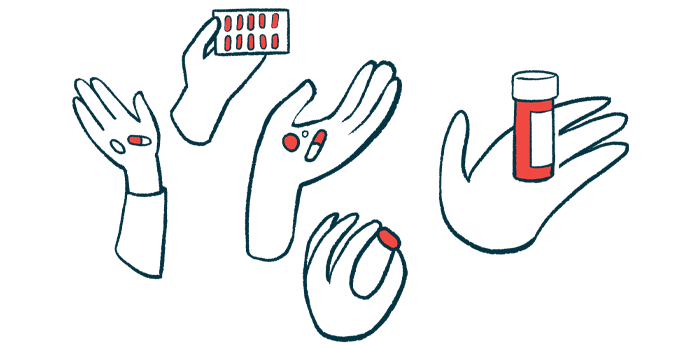L-alanine Supplements Improve Metabolism for Girl, 9, With IOPD

Adding L-alanine supplements to standard enzyme replacement therapy (ERT) for a young girl with Pompe disease led to improvements in several metabolic and body composition measures, a case report shows.
According to researchers, this was the first known report of oral supplements of L-alanine — an amino acid, the building blocks of proteins — being used to treat a Pompe patient on ERT.
“This is the first case reporting potential [L-alanine supplementation] benefits” in an individual with Pompe receiving enzyme therapy, the team wrote, adding that “ERT is not curative for [Pompe] patients thus additional treatments could be considered to improve outcomes.”
The case was described in a report, “L-alanine supplementation in Pompe disease (IOPD): a potential therapeutic implementation for patients on ERT? A case report,” published in the Italian Journal of Pediatrics.
Scientists in Italy described the journey of a 9-year-old girl who had been diagnosed with infantile-onset Pompe disease (IOPD) at the age of 1. Upon diagnosis, she had been started on Myozyme (alglucosidase alfa), an approved enzyme replacement therapy for Pompe. Of note, Myozyme, developed by Sanofi Genzyme, is marketed as Lumizyme in the U.S.
Despite the early initiation of ERT, the girl had begun to develop signs of muscle disease typical of IOPD, such as difficulty walking and trouble swallowing.
That led her healthcare team to treat the girl with supplements of L-alanine in addition to her standard ERT. The supplement was given as a powder starting when she was 8.5 years old.
L-alanine is an amino acid, one of the building blocks that the body uses to make proteins. There is some emerging evidence that taking supplements of L-alanine might help reduce protein degradation and muscle breakdown in Pompe patients.
The girl underwent a battery of physical evaluations at baseline, i.e. before starting on L-alanine supplements, and then again after six and nine months of the added treatment.
At baseline, her weight, height, and body mass index (BMI; a ratio of weight to height) all were within normal ranges. However, her fat mass (FM), the proportion of body weight attributable to fat, was abnormally low at 9.9%.
Additionally, her resting energy expenditure (REE) — how much energy her body used while at rest — was unusually high at 1,265 kcal/day, or about 112% of typical levels given her size and age.
After treatment with L-alanine supplements, the youngster’s FM increased — to 11.6% at six months, and 13.4% at nine months. Concurrently, REE decreased, by about 40 kcal/kg/day after nine months of taking the supplements.
“Over study period, a positive change in body composition with increasing FM percentages and a reduction of REE could be observed,” the scientists wrote. “Although BMI remained substantially unchanged, the meaningful reduction of REE can reflect the improvement in body composition and energy balance.”
There have been no noteworthy changes in laboratory indices after nine months on the supplements.
“On a patient’s perspective, even if difficult to objectify, it’s good to report that [the girl] is now reducing the need of walking supports, she’s capable of standing and walking alone and can now sleep without any pillows,” the researchers wrote.
The results, the team concluded, suggest that L-alanine supplements “may improve body composition and ameliorate resting metabolism in [Pompe disease] patients even on-ERT [and] thus should be implemented in treatment protocols.” The scientists added that further research is needed to validate these results and identify optimal protocols.







